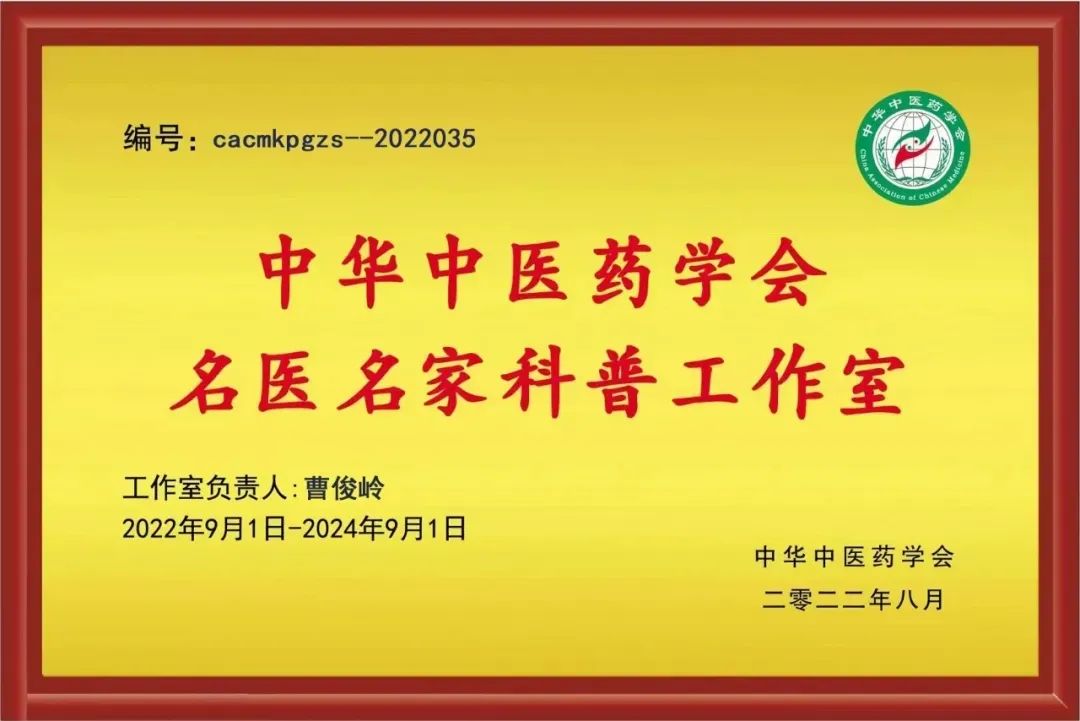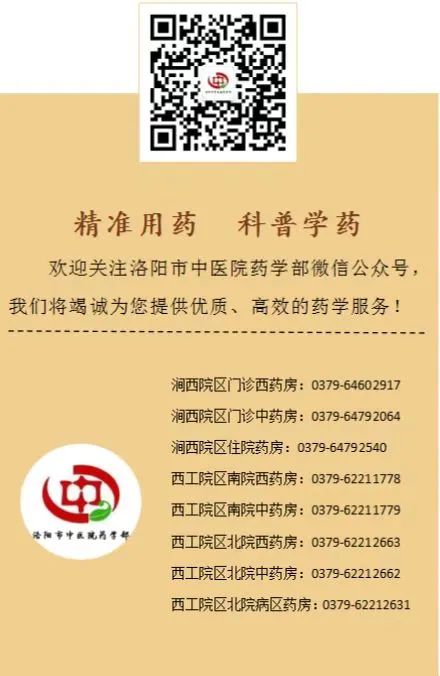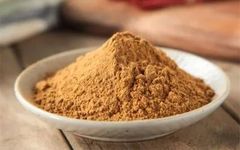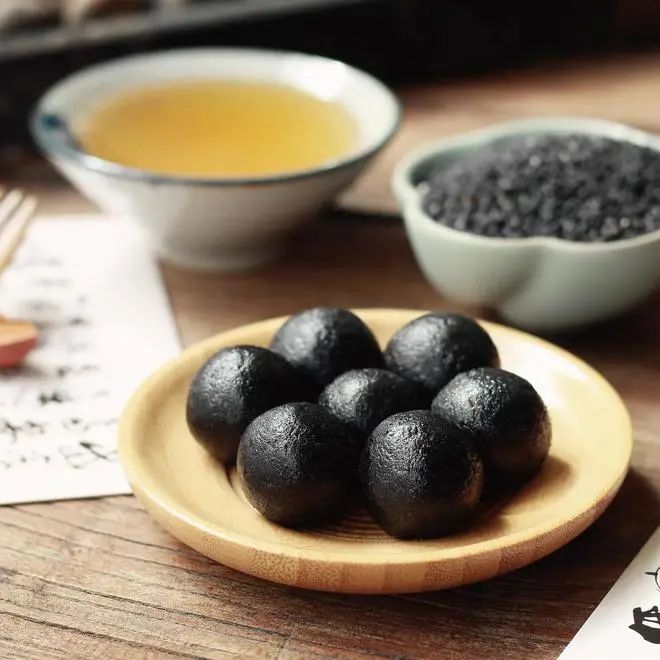
Honey Pills, as the name suggests, are pill formulations made from finely powdered medicinal materials combined with honey as a binding agent.
The use of honey pills in Traditional Chinese Medicine (TCM) has a long history. The classic medical text, Huangdi Neijing (The Yellow Emperor’s Classic of Internal Medicine), records that “honey pills are the size of a chicken egg yolk.” The Shanghan Lun (Treatise on Cold Damage) mentions five types of pills, three of which are honey pills: Rizhong Wan (Regulating Middle Pill), Wumei Wan (Mume Pill), and Ma Zi Ren Wan (Hemp Seed Pill).
Due to the rich nutritional components of honey, including sugars, organic acids, and vitamins, it has a nourishing effect; its sweetness can enhance flavors; at the same time, honey has cough-relieving, laxative, moisturizing, and detoxifying properties. TCM believes that honey has the function of “eliminating various diseases and harmonizing all medicines.”
The steps to make honey pills are not very complicated and can even be done at home. The main steps include grinding the herbs, refining the honey, mixing, dividing the doses, rolling into strips, forming the pills, and packaging.
Grinding the Herbs
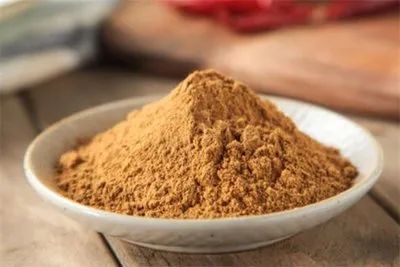
After drying the medicinal materials in the formula, grind them into a fine powder, generally passing through an 80-mesh sieve. If using a high-speed blender at home, there is no need to sieve.
Refining the Honey
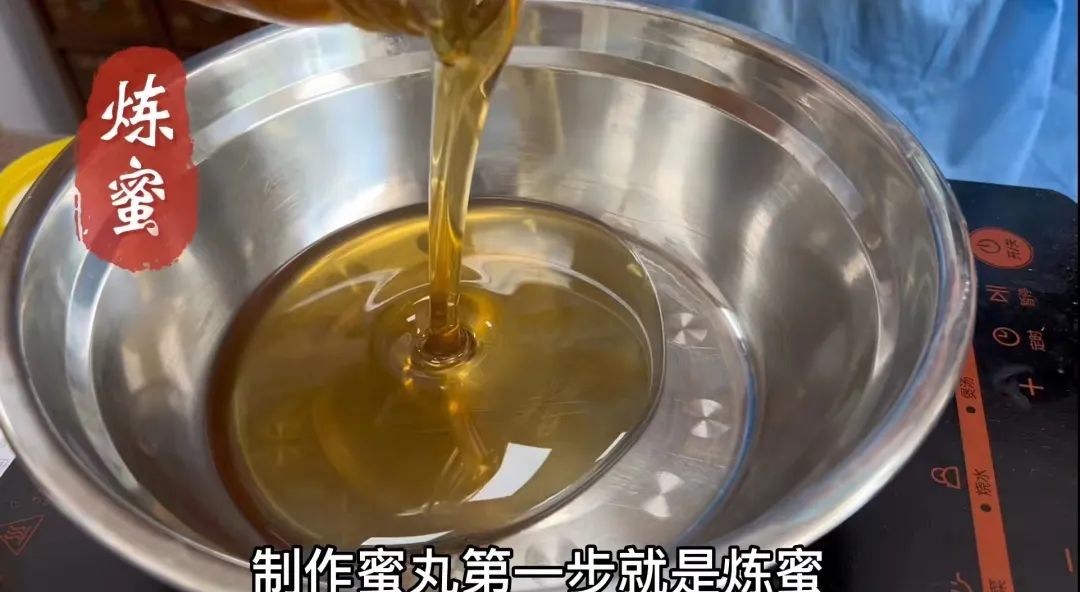
The Jinkui Yaolue (Essential Prescriptions from the Golden Cabinet) states: honey also needs to be refined, as in the formula for Shenqi Wan (Kidney Qi Pill), “mix the eight ingredients with refined honey to form pills the size of a walnut.”
The purpose of refining honey is to remove impurities, destroy enzymes, kill microorganisms, and evaporate moisture. Refined honey has strong adhesive properties, making it less likely for the pill mixture to harden and providing greater plasticity, resulting in smooth, moist, slowly dissolving pills with lasting medicinal effects.
For small-scale production, a copper pot or direct heat can be used for refining; for large-scale production, a steam jacketed pot or vacuum evaporator can be used to refine, followed by filtering out impurities. Of course, for home refining, stainless steel pots or bowls can be used.
Generally, the ratio of medicinal powder to honey is about 1:1.2-1.5.
When refining honey, adjustments can be made based on the quality of the honey, the nature of the herbs, and the season. For example, honey with high moisture content and low viscosity requires more refining; typically, honey refined in winter can be softer, while in summer it can be thicker. The standard is usually “fish-eye bubbles” or “dripping into beads.”
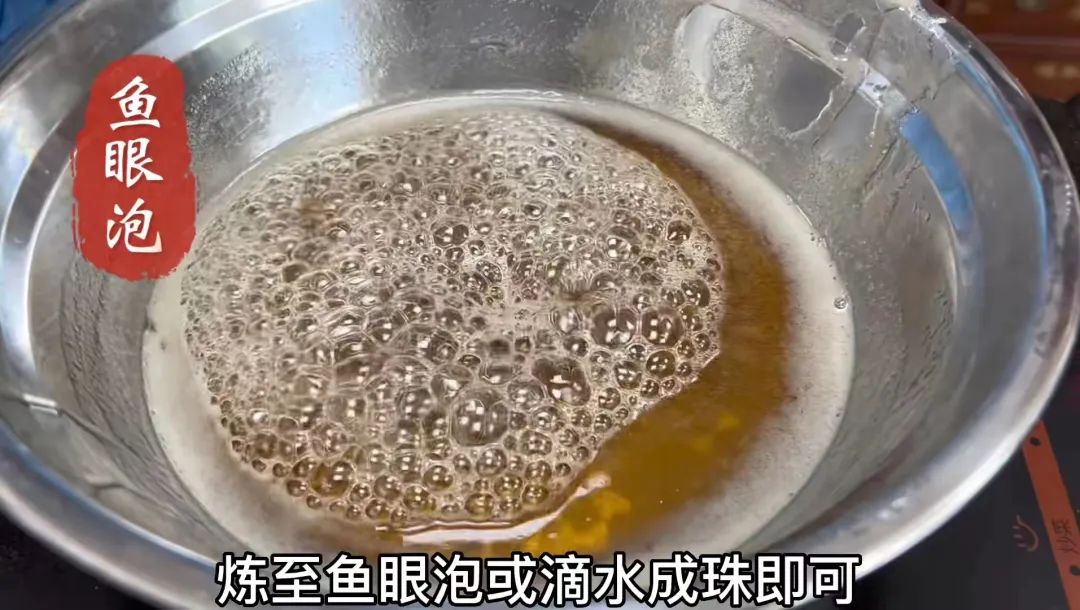
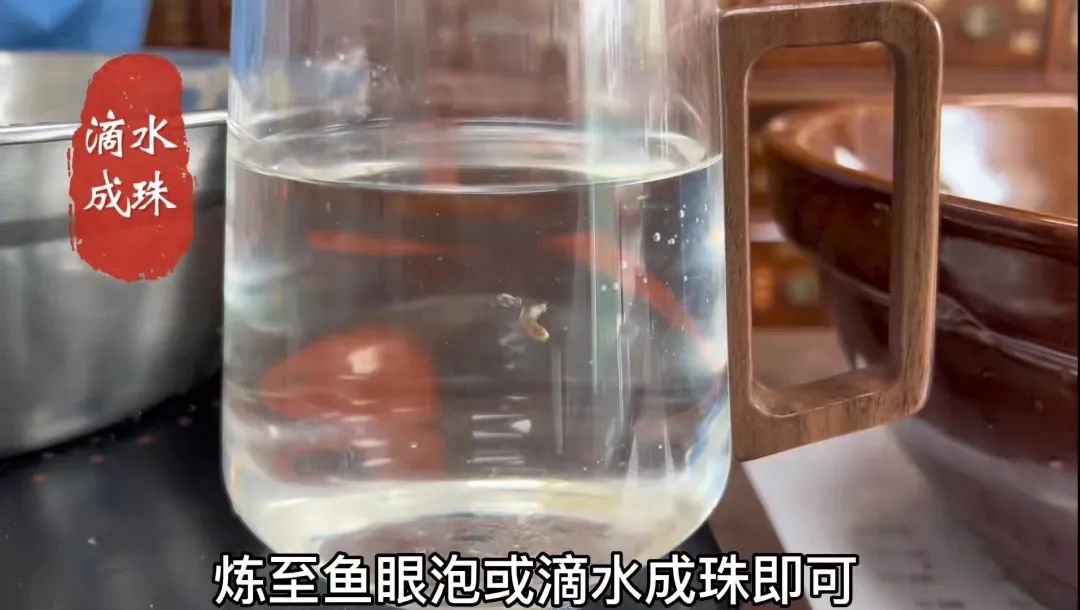
Mixing and Dividing Doses
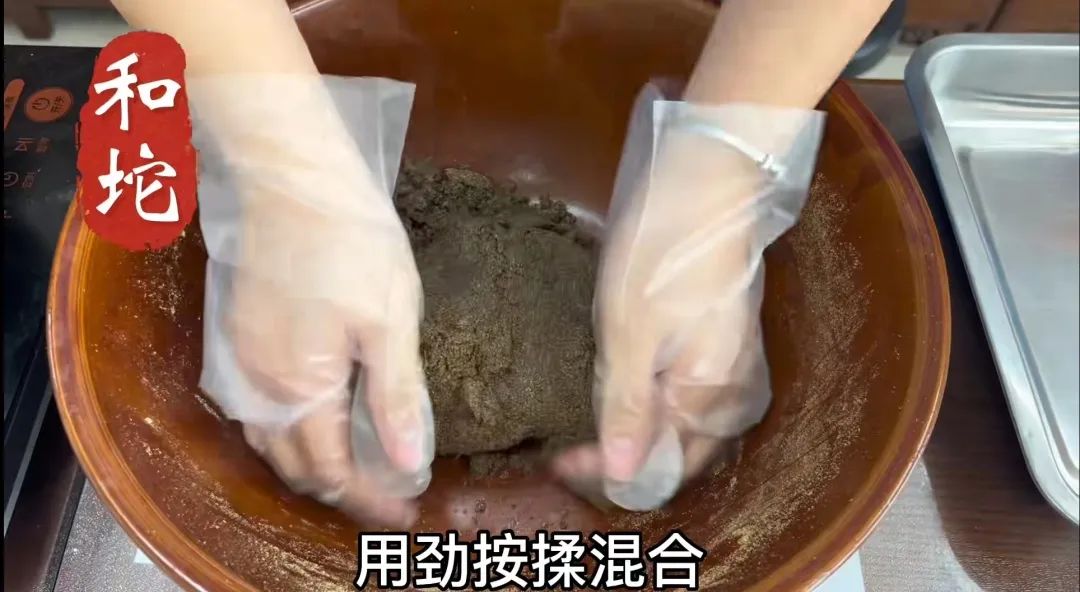
Place the finely powdered raw materials in a basin, then accurately weigh and add the refined honey. Mix thoroughly, kneading evenly to ensure that the pill mixture is moist inside and out, with a consistent color and moderate hardness, allowing it to be easily shaped.
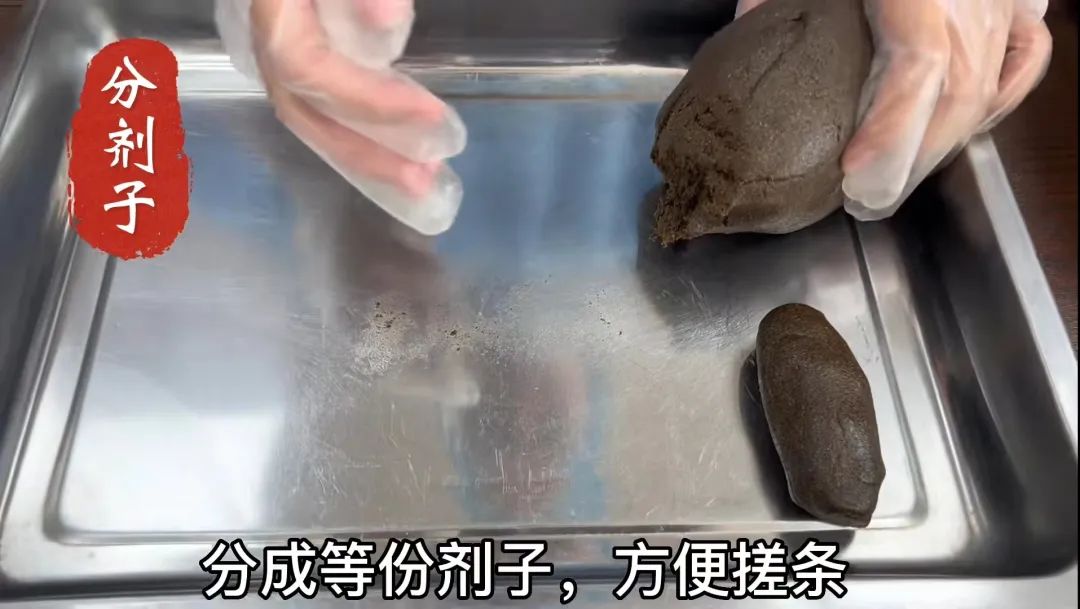
Based on the weight of the pills and the number of holes in the rolling board, calculate the weight of each pill strip, dividing the medicine into several small portions for rolling.
Rolling into Strips
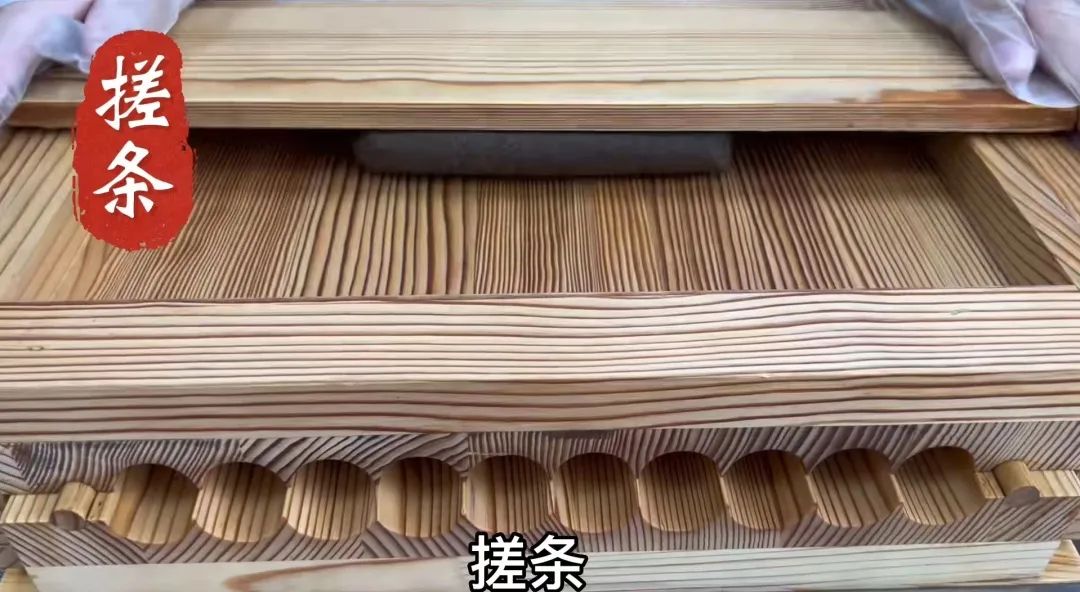
Take the divided portions of the medicine, place them on an oiled wooden board, and roll them into long strips using both hands, or use a rolling board to form strips of uniform thickness, matching the width of the rolling board.
Forming the Pills
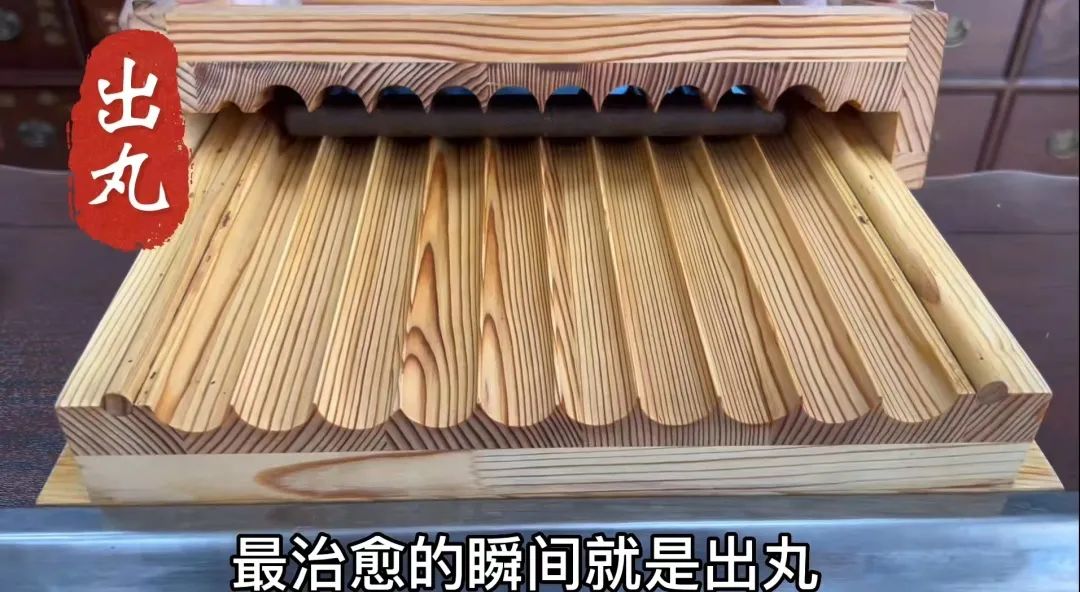
The rolling board consists of a base and a pressing plate. First, apply an appropriate amount of lubricant, then place the pill strip horizontally in the longitudinal groove of the base, cover it with the pressing plate, and firmly grip both ends of the handles, applying pressure from light to heavy while rolling back and forth, which will cut the strip into balls.
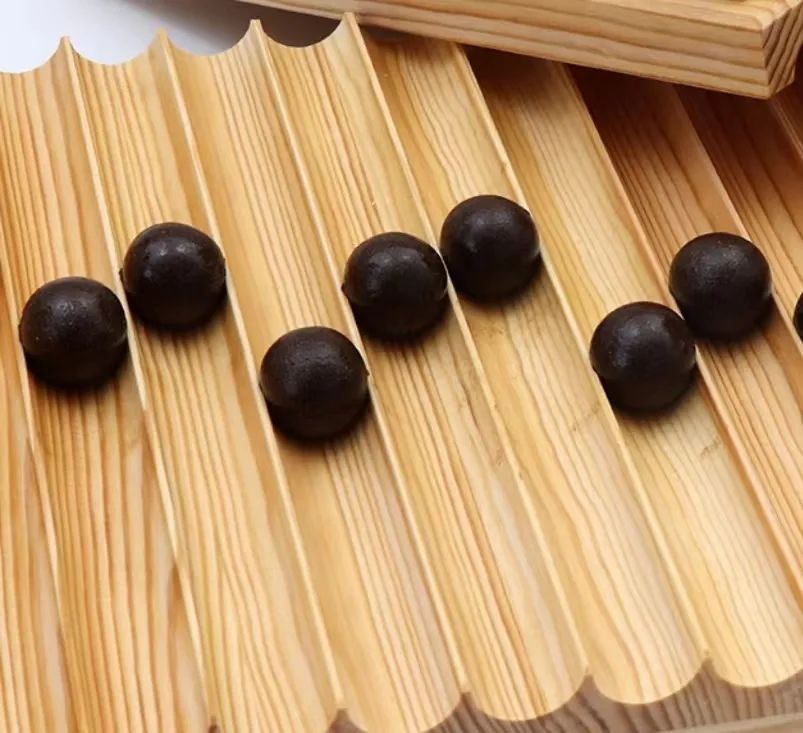
If a rolling board is not available, simply apply lubricant to your hands, hold the pill strip with your left hand, and pinch off the desired amount with your thumb and index finger, then roll it into a round shape with your right hand.
Packaging
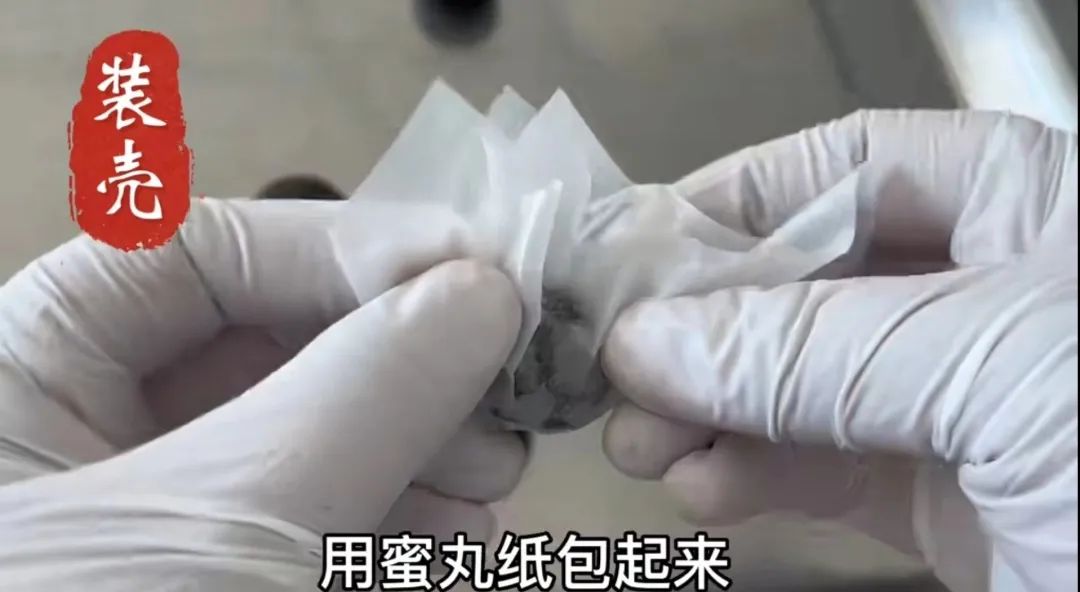
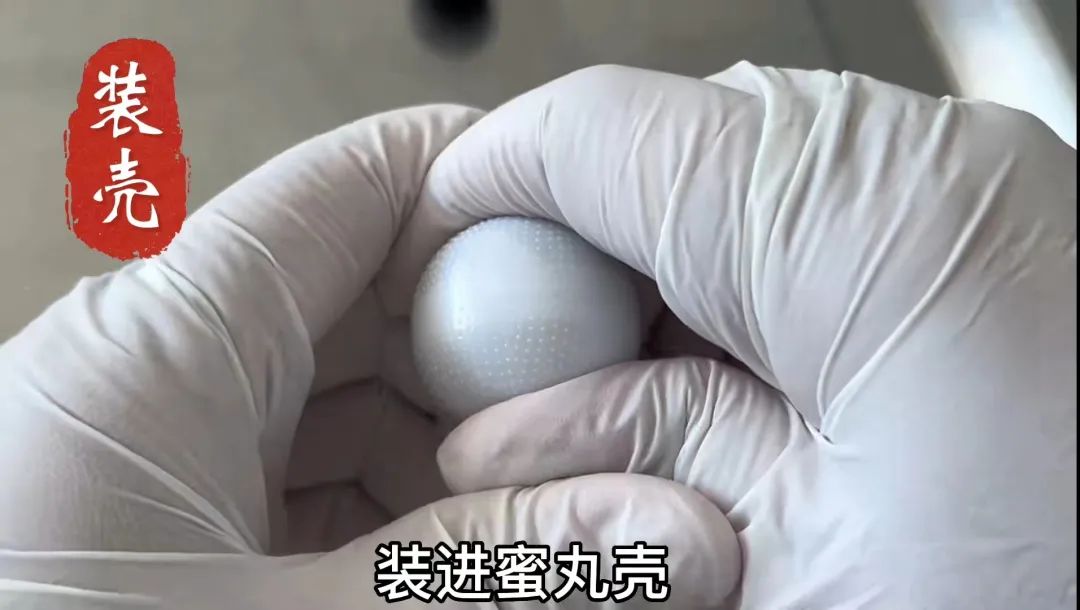
After the honey pills have dried and hardened on the outside, package them using wax paper, cling film, plastic bags, or wax shells, and store them in a cool, dry place.
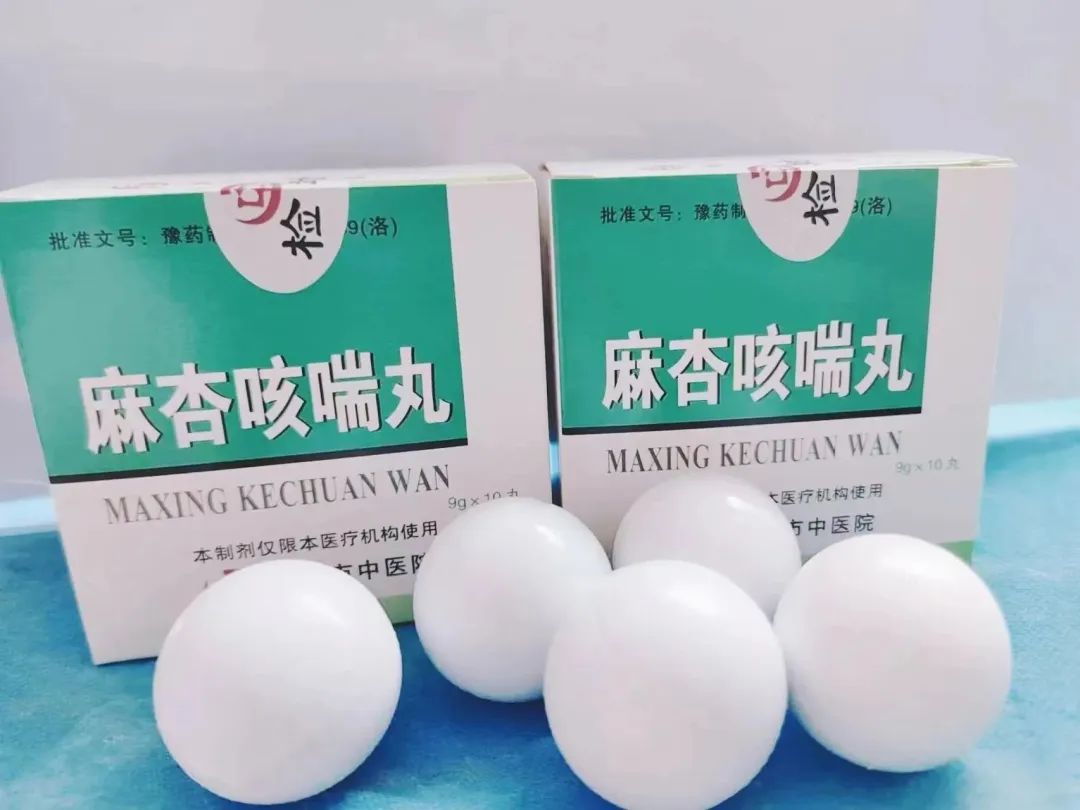
Our hospital’s formulation, Maxing Shushen Wan (Apricot and Hemp Cough Relief Pill), is a type of honey pill, primarily effective for relieving asthma and cough, tonifying Qi, and dispersing lung Qi. With honey as a strong assistant, the herbs in the formula, such as Zhi Mahuang (Prepared Ephedra) and Chuan Bei Mu (Fritillaria Bulb), can exert their effects to a greater extent, making it an excellent remedy for patients with chronic bronchitis, emphysema, and bronchial asthma.
Some images in this article are sourced from the internet; thanks to the original authors. If there are any issues, please contact for removal.
Author: Jin Dou Dou
Reviewed by: Cao Jun Ling, Zhang Ru Yuan
